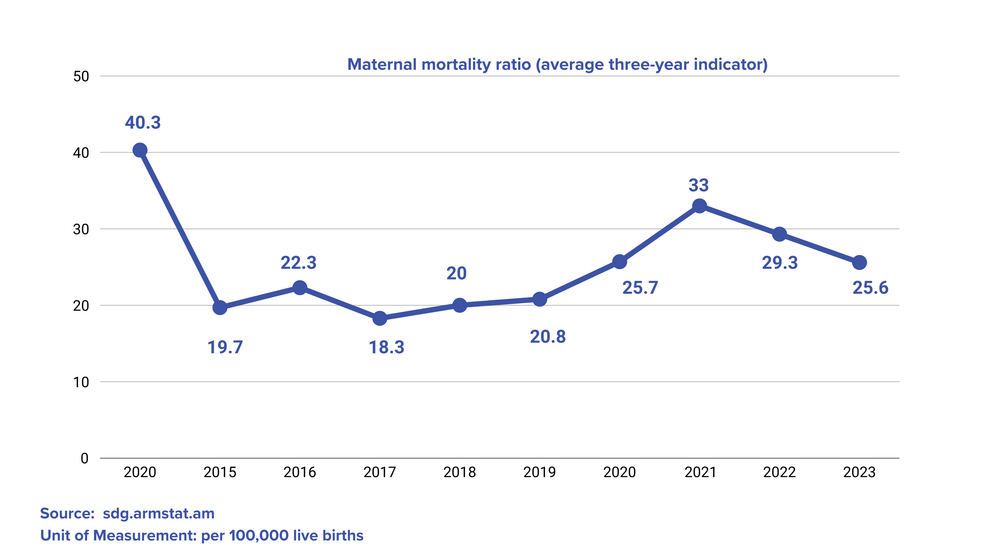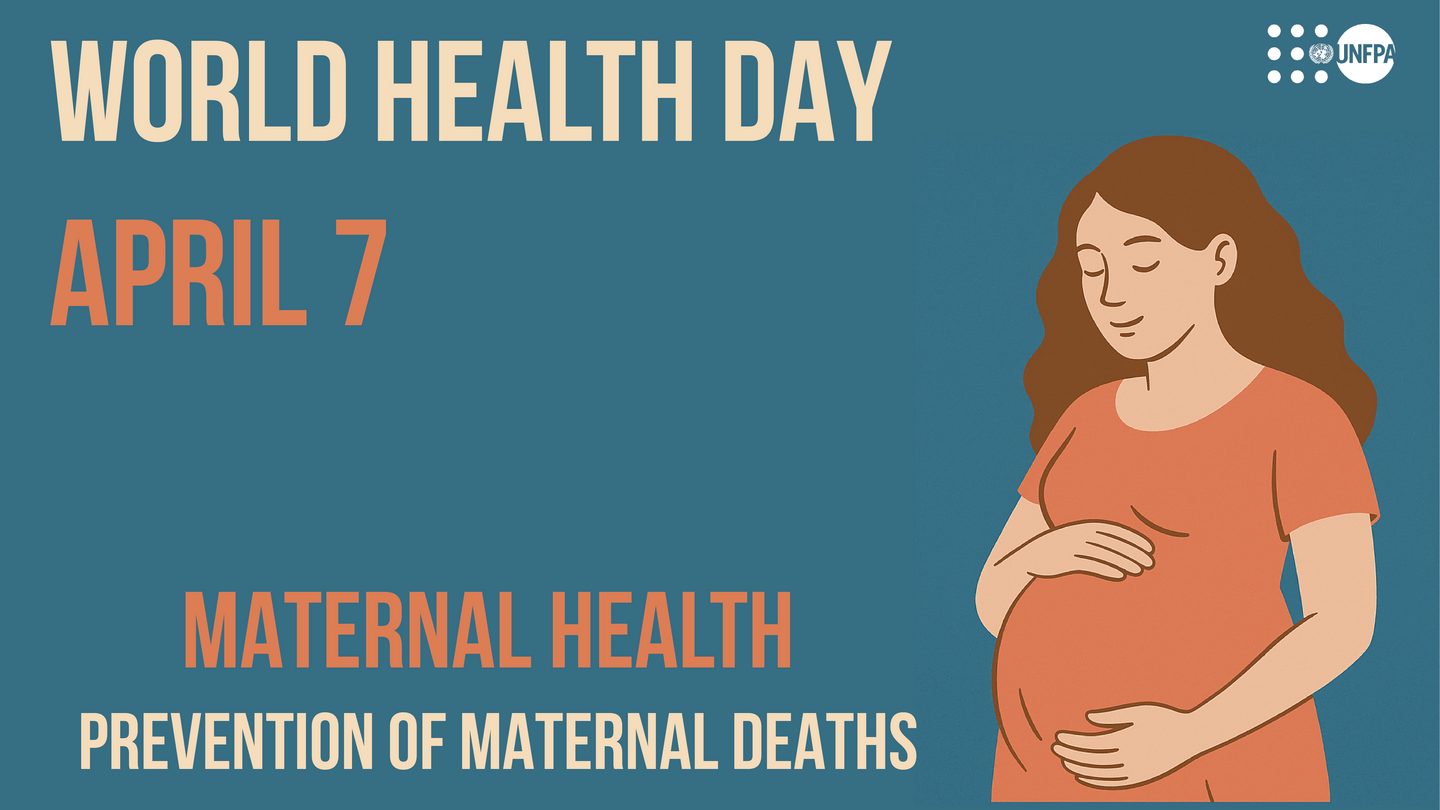Yerevan, 7 April 2025: It is already 75 years since the world marks April 7 as World Health Day. This year's theme is - "Healthy Beginnings, Hopeful Futures," raising the urgent need to strengthen maternal and reproductive health systems. While global progress in maternal health is evident, significant gaps persist, disproportionately affecting vulnerable populations.
While global maternal mortality has dropped by 40% since 2000, weak health systems, humanitarian crises, and inequitable access to care still put millions of women at risk. The COVID-19 pandemic further disrupted maternal health services, causing a temporary spike in deaths. There is a chronic global shortage of 900,000 midwives.Without urgent action, the current rate of decline will not meet global targets for reducing maternal mortality. 260,000 maternal deaths still occurred in 2023. Globally, the most common two causes of maternal death are haemorrhage, followed by indirect obstetric deaths.
Ensuring every woman receives high-quality care is essential. Targeted investments in healthcare systems, skilled personnel, and essential medicines can prevent most maternal deaths and accelerate progress toward safer pregnancies and childbirth.
Key Figures
The Global Picture:
- Every two minutes, a woman dies from pregnancy or childbirth.
- The global maternal mortality rate fell from 328 per 100,000 live births in 2000 to 197 in 2023. Progress has been significant in Central and Southern Asia, with a 73% decline․
- Least developed and landlocked developing countries cut rates by 25% and 31%, respectively.
- The COVID-19 pandemic caused a temporary spike, with deaths rising to 240 per 100,000 in 2021 before declining to 201 in 2022.
- Conflict-affected countries have double the global maternal mortality rate at 504 per 100,000 live births.

Most maternal deaths from haemorrhage and sepsis occur during the postpartum period.
Picture in Armenia:
- The maternal mortality ratio in Armenia has declined. It was at its highest in 2000, reaching 40,3 per 100,000 live births, while the three-year average for 2023 stands at 25.6 (with 4 maternal deaths recorded in 2023). Given the population of less than 5 million, the analysis and assessment of the indicator are based on a three-year average for comparative purposes.
- More than 60% of recent maternal deaths were due to extragenital causes, including COVID-19 in 2020-2021.

According to the Health System Performance Assessment Report, the causes of maternal mortality are classified into two main categories: direct/obstetric causes (such as haemorrhage, ectopic pregnancy, toxic abortion, and sepsis) and indirect/extragenital pathologies (including embolism, viral infections, and diseases affecting various organ systems). Following the year 2000, alongside the overall decline in maternal mortality rates, there have also been changes in the distribution of causes. The proportion of deaths due to direct obstetric causes has steadily decreased, while extragenital pathologies now account for a significant share of cases. Between 2000 and 2008, the ratio of maternal deaths due to direct and indirect causes was 48% and 52%, respectively. However, in the subsequent period, from 2009 to 2018, this shifted to 26% and 74%.
Preventing maternal deaths requires commitment and investment in:
- Strengthening health systems and ensuring quality care for all.
- Expanding midwifery services to manage risks and complications.
- Investing in maternal and newborn health, which, according to the PMNCH global alliance data, could boost the global economy by $400 billion.
- Addressing preventable causes of maternal death, such as cervical cancer.
- Raising awareness through education and improving access to reproductive health services.
Every $1 spent on high-impact maternal and newborn health interventions yields up to $20 in benefits. Investing in midwives alone generates a 16-fold return in economic and social benefits. Governments and stakeholders must act now to prioritize maternal health and save lives.
For further information, please contact: Mher Manukyan, UNFPA Communications Analyst
Email: manukyan@unfpa.org
Phone: (+37491) 42 90 29; (+37477) 03 25 25
Webpage: armenia.unfpa.org


